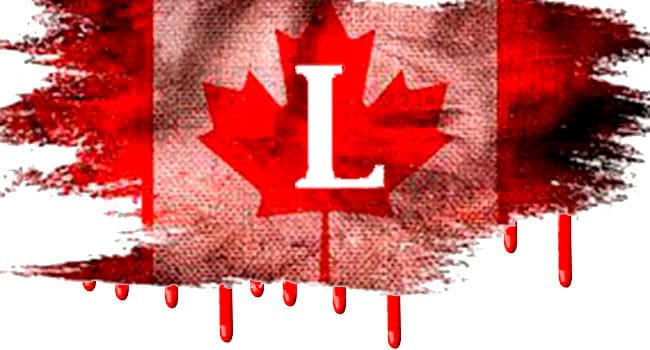By Jason Clemens
and Milagros Palacios
The Fraser Institute
Much has been made of the federal government’s ramp-up in spending, particularly its multibillion-dollar infrastructure initiative, and the corresponding deficits and debt.
What has been largely ignored is the historical context of such spending – an analysis made all the more timely by this year’s 150th anniversary of Confederation.
Our recent study calculated per-person spending by the federal government (excluding interest costs on the national debt) since 1870, adjusted for inflation. It allowed us to directly compare the spending of governments and prime ministers over time. Some of the results may surprise Canadians and be informative about the current state of federal spending.
Prime Minister Justin Trudeau began to increase per-person spending immediately after his election in October 2015. The previous Conservative government of Stephen Harper planned for per-person spending to reach $7,342 in 2015 but the Trudeau Liberals cranked up spending to $7,557. That’s almost three per cent more than the Conservatives had planned.
Spending was further increased in 2016 and the government plans to spend $8,337 in this fiscal year (2017-18). This is just $38 shy of the all-time high per-person spending, recorded in 2009-10 by the Conservatives ($8,375). The peak spending under that government, however, was done during a marked global recession.
Conversely, the near-peak spending planned by the current government comes without any recession or large-scale military conflict, the two main characteristics of almost every other spike in federal spending.
The current level of per-person spending (adjusted for inflation) is 22.1 per cent higher than the peak spending during the depths of the Second World War in 1943, under Prime Minister William Lyon Mackenzie King.
It’s also 14.4 per cent higher than the peak of federal per-person spending reached under Prime Minister Pierre Trudeau.
Unlike his father’s record, Justin Trudeau’s plan is to start reducing per person spending next year – the federal government’s most recent budget called for a 1.1 per cent reduction in per-person spending by 2019-20. This stands in stark contrast to Pierre Trudeau who, along with his predecessor Lester Pearson, ramped up per-person spending (adjusted for inflation) from $2,837 in 1962 to a peak of $7,288 in 1982, an increase of 156.9 per cent.
Whether the government will follow through on its plan to reduce spending in the two years prior to the next federal election is a legitimate question. But even with the planned 1.1 per cent reduction in per-person spending, the government still expects a $23.4-billion deficit in 2019-20. To reach a balanced budget by 2019-20 (the Liberal Party’s campaign commitment), the government would have to reduce per-person spending by 6.4 per cent over the next two years.
There’s no question that the government has decidedly increased spending at the expense of further deficits and mounting debt. It’s questionable whether it can return to balance in the foreseeable future. And the degree to which Canadians benefit from this added spending remains unclear. Consider that the main rationale for the additional spending was to “stimulate” economic growth.
The problem for the government is that economic growth, and prospects for future growth, have steadily declined since 2015. It has little cause for its ramped-up spending, and little to show for it except the accordant deficits and debt.
Jason Clemens and Milagros Palacios are economists with the Fraser Institute and co-authors of the recently released Prime Ministers and Government Spending: A Retrospective.
Jason and Milagros are Troy Media Thought Leaders. Why aren’t you?
The views, opinions and positions expressed by columnists and contributors are the author’s alone. They do not inherently or expressly reflect the views, opinions and/or positions of our publication.



